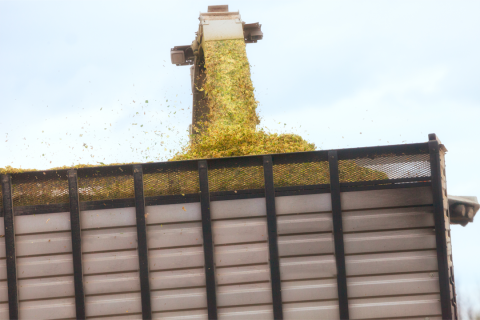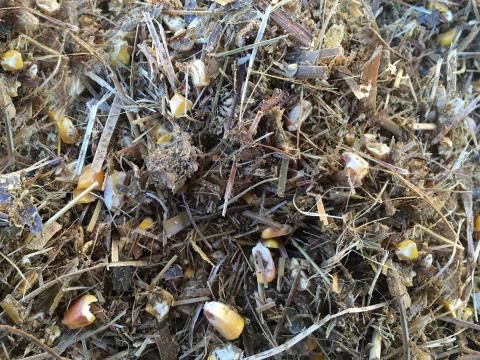Pasture and Forage Minute: Tips for Cornstalk Grazing, Using Bad Hay and Silage
December 26, 2023
Considerations for grazing cornstalks with snow cover and utilizing low-quality hay and silage during periods of low supply and high feed costs.
Pasture and Forage Minute: Cold Stress Preparation, Feeding Brown Hay and Silage Safely
December 19, 2023
Extension educators provide recommendations on preventing body condition loss in cattle during low temperatures and ways to safely feed heat-damaged hay and silage.
Pasture and Forage Minute: Water Costs for Grazing Cattle, Twine in Feed
December 12, 2023
Extension educators share recommendations for calculating the cost of water for cattle grazing on cornstalks, and highlight the risks associated with cattle ingesting twine or net wrap in hay feed.
Pasture and Forage Minute: Considerations for Grazing After Fall Fertilizers, Using Alfalfa as Protein Supplement
December 6, 2023
Extension insights on grazing crop residue following fertilizer applications and using alfalfa as a protein supplement in winter feed.
Pasture and Forage Minute: Red Cedar Control and Fall Hay Inventory
November 29, 2023
Recommendations for prescribed burning to control Eastern red cedar in pastures and rangeland, and fall hay inventory.
Pasture and Forage Minute: Reducing Hay Losses, Understanding Relative Feed Value of Hay
November 21, 2023
Extension educators share insights on how to reduce fed hay losses and the differences between relative feed value and relative forage quality when testing grass hay.
Pasture and Forage Minute: Considerations for Corn Silage, Last Cutting Alfalfa and Forage Inventories
August 29, 2023
Best practices for packing and covering corn silage, timing the last fall alfalfa cutting, and taking inventory of fall and winter feed supplies.
Drought-stressed Corn: A Feed Opportunity
August 18, 2023
When grain harvest of drought-stressed corn won’t be a viable option, it can be utilized in several other ways with careful management and care in feeding.







